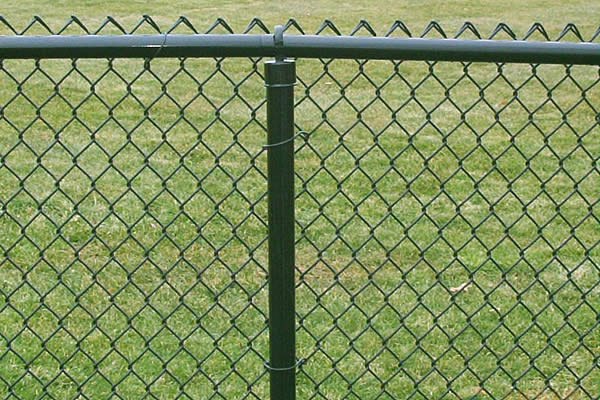 TEL:
+86-13102802206
TEL:
+86-13102802206
 Email:
fencenetting@china.com
Email:
fencenetting@china.com
 Language
Language
 TEL:
+86-13102802206
TEL:
+86-13102802206
 Email:
fencenetting@china.com
Email:
fencenetting@china.com
 Language
Language


Mesh Cages for Rocks An Innovative Solution for Engineering and Landscaping
In the fields of civil engineering, construction, and landscaping, the use of mesh cages for rocks has emerged as a revolutionary concept. These cages, typically constructed from steel or plastic mesh, provide a versatile and effective method for controlling soil erosion, managing slope stability, and enhancing aesthetic landscapes. This article explores the various applications, benefits, and considerations of utilizing mesh cages for rocks in different projects.
What are Mesh Cages?
Mesh cages are structures made from interconnected wire or plastic mesh that are filled with rocks or gravel. They are often referred to as gabions when used specifically for retaining walls and erosion control. The flexibility of mesh cages allows them to be constructed in various shapes and sizes, making them suitable for a range of applications from small landscaping projects to large-scale civil engineering endeavors.
Applications of Mesh Cages
1. Erosion Control One of the primary applications of mesh cages is in the prevention of soil erosion. When placed along riverbanks, slopes, or areas susceptible to erosion, these cages hold rocks in place, allowing vegetation to take root and stabilize the soil. They act as barriers that absorb the energy of flowing water, significantly reducing the risk of erosion.
2. Retaining Walls Mesh cages can be effectively used as retaining walls in landscaping and construction projects. They provide structure and stability, allowing for the creation of level areas on sloped land. The permeability of the mesh allows for water drainage, reducing the hydrostatic pressure that can cause traditional retaining walls to fail.
3. Landscaping Designers and architects increasingly use mesh cages for ornamental landscaping. Filled with colorful stones or recycled materials, these structures can create visually appealing features within a garden or park. Moreover, they can be used to construct seats, planters, and art installations, adding both functionality and aesthetic appeal to outdoor spaces.
4. Wildlife Habitat Enhancement Mesh cages can serve as habitats for various wildlife species. By creating rock piles or other formations, mesh cages provide shelter and nesting sites for small animals and insects, promoting biodiversity and ecological balance in an area.

Benefits of Using Mesh Cages
1. Cost-Effective Compared to traditional retaining wall solutions, mesh cages are often more economical. The materials required for construction are typically less expensive, and the installation can be carried out quickly, reducing labor costs.
2. Environmentally Friendly Mesh cages promote sustainability by allowing for the use of natural materials (such as local rocks) and reducing the need for cement or concrete, which have a significant environmental impact during production.
3. Durability and Flexibility The materials used in mesh cage construction are durable and resistant to corrosion, ensuring a long lifespan. The flexibility of the structures allows them to adapt to various terrains and conditions, making them a versatile solution for many challenges.
4. Aesthetic Versatility Mesh cages can be filled with a variety of materials, including rocks, natural stones, or recycled materials, allowing for endless design possibilities. This adaptability makes them a popular choice for both functional and decorative purposes.
Considerations When Using Mesh Cages
While mesh cages offer numerous benefits, there are also considerations to keep in mind. Proper design and installation are crucial to ensure stability and effectiveness. Factors such as the weight of the fill material, the type of soil, drainage conditions, and local climate should all be evaluated during the planning phase. Additionally, regular maintenance may be required to ensure that vegetation grows effectively within the cages and to prevent clogging of the mesh.
Conclusion
Mesh cages for rocks represent a multifaceted solution in the realms of engineering and landscaping. With their numerous applications, benefits, and aesthetic possibilities, they offer an innovative approach to tackling the challenges of erosion control, construction, and environmental enhancement. As society continues to prioritize sustainability and functionality in design, the use of mesh cages is likely to grow, paving the way for more efficient and visually appealing projects in the future.